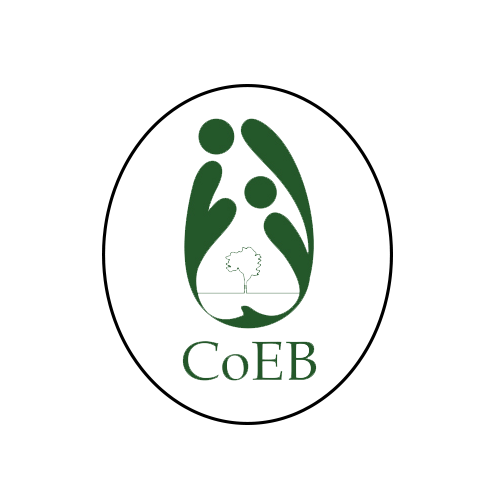Rwanda Biodiversity Specimen Natural History Collections and Observation Projects
EA-Type
.EA Herbarium (Nairobi, Kenya)
Contacts:
-
Data manager: Michael Thomas, michaelthomas.bdi@gmail.com
UR-NHM-Am
Amphibians - CoEB Natural History Museum
Contacts:
-
Curator and Research Associate: Mapendo Mindje, majulesdor@gmail.com , +250783513176
UR-NHM-An
Ants - CoEB Natural History Museum
Contacts:
-
Curator and Research Fellow: Simon Muhayimana, simonmuhayimana@gmail.com , +250786165653
UR-NHM-Bi
Birds - CoEB Natural History Museum
Contacts:
-
Curator and Research Fellow: Jean de Dieu Nsenganeza, jnsenganeza@gmail.com , +250787560546
UR-NHR-Br
Bryophytes (liverworts, hornworts and mosses) - National Herbarium of Rwanda
Contacts:
-
Acting Curator: Michael Thomas, michaelthomas.BDI@gmail.com
UR-CoEB-D
Diatoms - CoEB Natural History Museum
Contacts:
-
Collection Manager: Alphonza Nzarora, alphanza@gmail.com
-
Data Curator: Michael Thomas, herbariumNHR@gmail.com
UR-NHM-CoEB-eDNA
eDNA
Contacts:
-
Collection Manager: Ren Larison, blarison@ucla.edu, 3107741646 (ORCID #: 0000-0002-0264-7276)
UR-NHM-Fi
Fish - CoEB Natural History Museum
Contacts:
-
Data Curator: Fabrice Dufatanye, dufabrice21@gmail.com (ORCID #: 0009-0003-2259-4997)
-
Data Curator: Michael Thomas
UR-NHM-Fc
Freshwater Crabs - CoEB Natural History Museum
Contacts:
-
Biodiversity Collections Data Manager: Michael Thomas, herbariumNHR@gmail.com
UR-NHR-F
Fungi - National Herbarium of Rwanda
Contacts:
-
Acting Curator: Michael Thomas, michaelbthomas@gmail.com, 8083756275
-
Natural Sciences Research Specialist: Emmanuel Munyaneza, munyaneza4@gmail.com
RWA-G-M
Gishwati-Mukura Plant Collection
Contacts:
-
Curator: Pascal Sibomana, sibomanapascal20@gmail.com (ORCID #: 0009-0002-2555-3659)
UR-NHM-In
Insects (Terrestrial) - CoEB Natural History Museum
Contacts:
-
Curator and Research Fellow: Thacien Hagenimana, hagenathacien4@gmail.com , +250781139073
UR-NHM-Inv
Invertebrates (Aquatic) - CoEB Natural History Museum
Contacts:
-
Collection Manager: Edmond Twagirayezu, edmondtwagirayezu1997@gmail.com (ORCID #: 0009-0007-5495-6648)
UR-CoEB NHM-Ma
Mammals - CoEB Natural History Museum
Contacts:
-
Curator and Research Associate: Methode Majyambere, methode.majyambere@gmail.com, +250784520149
NHR-Exsitu-UR-CoEB
Miniature Rwandan Water Lily Exsitu Collection
Contacts:
-
Collection Manager: Pascal Sibomana, sibomanapascal20@gmail.com (ORCID #: 0009-0002-2555-3659)
-
Curator: Michael Thomas, herbariumNHR@gmail.com
UR-CoEB
Molluscs - CoEB Natural History Museum
Contacts:
-
Curator: Mary Cole, marybursey@elmuseum.za.org (ORCID #: 0000-0001-5046-6536)
-
Collection Manager: Edmond Twagirayezu, edmondtwagirayezu1997@gmail.com (ORCID #: 0009-0007-5495-6648)
CoEB-NHR
Orchid Exsitu Collection B (JPL)
Contacts:
-
Curator: Michael Thomas, herbariumNHR@gmail.com
-
Data manager: Sandrine Uwase, usandry8@gmail.com
-
Collector: Jean-Paul Lebbel
NHR-UR
Plants - National Herbarium of Rwanda
Contacts:
-
Collections Manager: Sandrine Uwase, coeb@ur.ac.rw
-
Assistant Collections Manager: Pascal Sibomana, sibomanapascal20@gmail.com (ORCID #: 0009-0002-2555-3659)
-
Data Curator: Dr. Michael Thomas, michaelthomas.bdi@gmail.com
UR-NHR-SB
Rare Plant Seed Bank
Contacts:
-
Collections Manager: Michael Thomas, hebrariumNHR@gmail.com
UR-NHM-Re
Reptiles - CoEB Natural History Museum
Contacts:
-
Curator and Research Associate: Mapendo Mindje, majulesdor@gmail.com , +250783513176
UR-NHM-training
